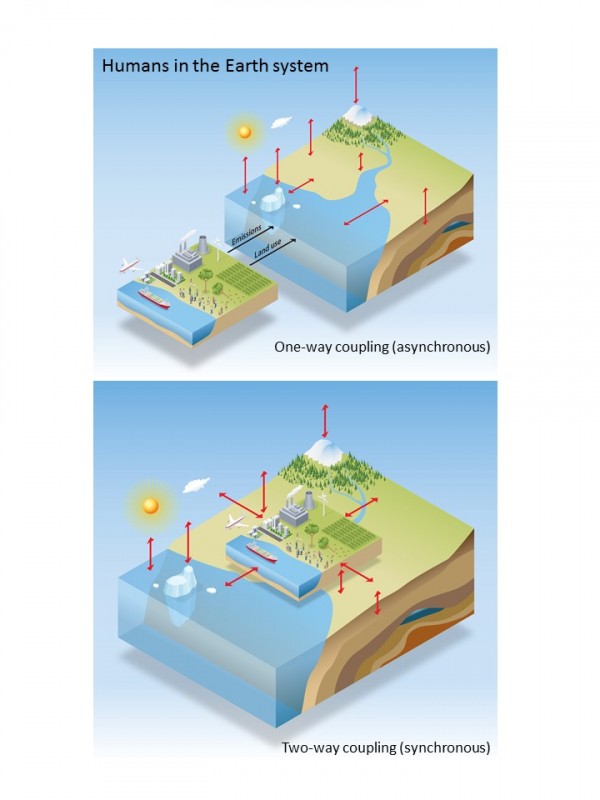Integrating human impacts with Earth systems to predict climate change
A new integrated computational model reduces uncertainty in climate predictions by bridging Earth systems with energy and economic models and large-scale human impact data. Led by Oak Ridge National Laboratory (ORNL), a large interdisciplinary team of scientists from multiple institutions, including the University of Maryland, developed the integrated Earth Systems Model, or iESM.

“With this model, we are now able to explore interactions between the physical climate system, biological components of the Earth system, and human systems,” said Professor George Hurtt from the UMD Department of Geographical Sciences, who participated in the research. “In this study, we find that the biospheric response to climate change may significantly alter future human land-use and energy activities, resulting in a potential feedback on future climate. Moreover, this feedback is found to be helpful to mitigating future climate change.”

A key component of this new iESM involves the consistent mapping of future land-use activities, considering both the future demand for resources and the physical geography of the planet—a component led by Professor Hurtt and Assistant Research Professor Louise Chini, also from the UMD Department of Geographical Sciences. “This research shows that the role of land use in the climate system is important,” Chini said. “The way in which humans modify the land surface impacts the climate, and when the climate changes, that impacts the land system and how we choose to use it in the future.”
With the help of a supercomputer, the research team was able to integrate massive amounts of climate data to develop iESM. Until now, researchers had not been able to directly couple large-scale human activity with an Earth system model. iESM could mark a new era of complex and comprehensive modeling that reduces uncertainty by incorporating feedbacks thru human systems for more consistent predictions.
Researchers detailed the modeling results in Nature Climate Change. They will continue to further develop, evaluate and apply iESM to support and inform the broader climate science community.
*This article has been derived from The University of Maryland BSOS website, direct link found here*
Published on Mon, 07/03/2017 - 11:12


